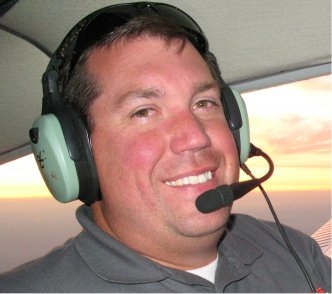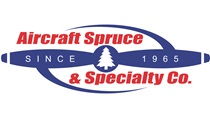
The FAA’s airman certification standards (ACS) outline the requirements and key factors to accomplish safe and precise landings in limited spaces. But how much and when to brake seems to be a matter of discussion, or at least an area often overlooked during training.
How much braking should you apply?
The ACS indicates that a pilot should “use manufacturer’s recommended procedures for airplane configuration and braking,” which is a little vague. Many aircraft manufacturers will include in the pilot’s operating handbook language such as, “As the airplane slows down, drop the nose and apply the brakes,” and, “Braking is most effective when back pressure is applied to the control wheel, putting most of the aircraft weight on the main wheels.” There is nothing that says a pilot needs to jam on the brakes immediately after touchdown. However, the FAA’s
Airplane Flying Handbook mentions, “Immediately upon touchdown of the nose-wheel, maximum braking is applied to minimize the after-landing roll.” The publication highlights that “best braking results are always achieved with the wheels in an ‘incipient skid condition.’” That means that a little more brake pressure would lock up the wheels entirely. So, the wheels need to be still rolling, not skidding.
So, how does this apply to your short-field landings in the real world or on the practical test?
If you aren’t applying brakes after touchdown, you aren’t performing the short-field landing correctly. Waiting to “hit the brakes after we are under 30 mph”—or whatever other arbitrary number your CFI may have come up with—isn’t correct. But locking up the brakes right after touchdown isn’t correct either. You should apply maximum effective braking in a way that applies some braking after touchdown and increases that braking pressure to maximize the braking performance while considering the runway condition.
Use those brakes effectively upon touchdown—not fully but firmly—to get it right on those short-field landings. These aren’t just “spot” landings: They are landings where the rollout needs to be managed as if you just landed on a short field. Sooner or later, you probably will.

Jason Blair
Jason Blair is an active single- and multiengine instructor and an FAA designated pilot examiner with more than 6,000 hours total time, 3,000 hours of instruction given, and 3,000 hours in aircraft as a DPE. As examiner, he has issued more than 2,000 pilot certificates. He has worked for and continues to work with multiple aviation associations focusing on pilot training and testing. His experience as a pilot and instructor spans nearly 20 years and includes more than 100 makes and models of aircraft flown. Jason Blair has published works in many aviation publications with a focus on training and safety.




